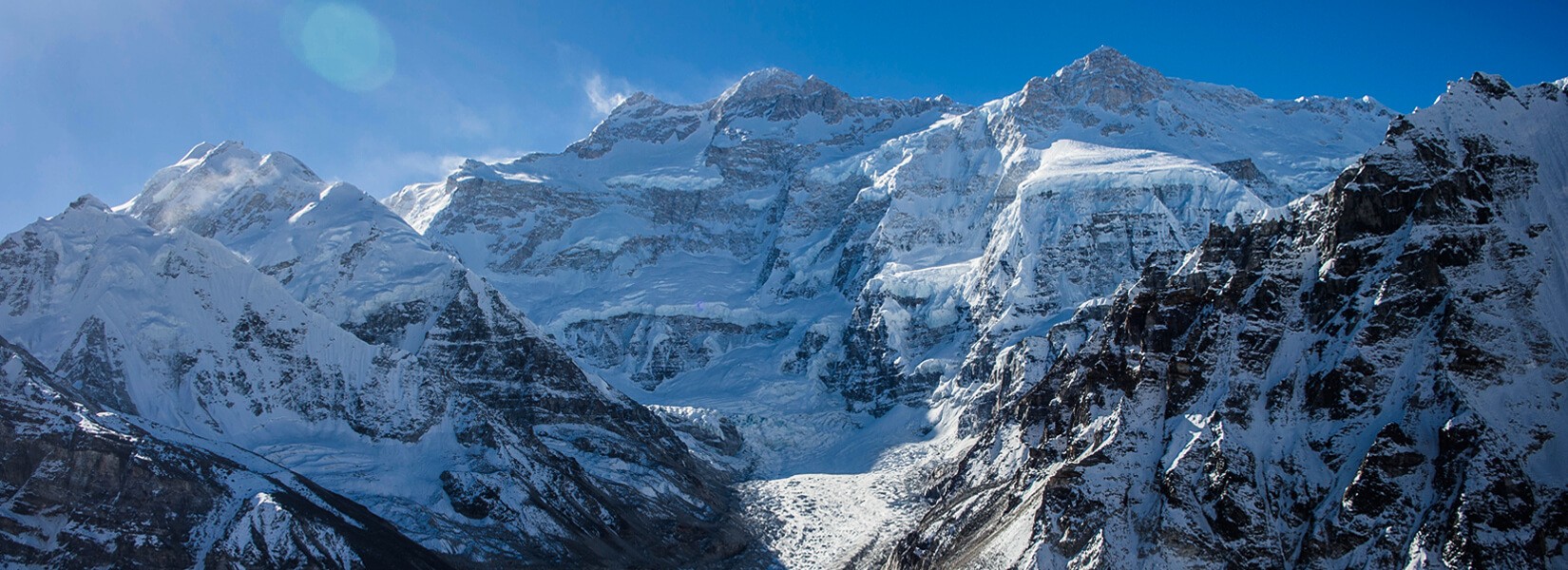About Kanchenjunga Base Camp Trek - 18 days
Kanchenjunga is the 3rd world highest mountain in the world. The might stands tall at the elevation of 8586m above sea level. The mountain stands tall between Nepal and India. In the Nepal part, Kanchenjunga lies in the Taplejung district of eastern Nepal. The Kanchenjunga Base Camp Trek route is not explored often like Everest Base Camp Trek or Annapurna Base Camp trek. The trail offers peaceful natural beauty with unscathed culture and tradition. If you are planning to trek in Nepal, it is one of the best treks in Nepal. Throughout the Kanchenjunga trek, they have their own culture and tradition to live on. This region is mainly inhabitant by the Rai, Gurung, and Limbu ethnic groups of Nepal. Hence, one can observe they're of kind culture, rituals, traditions, and lifestyle.
Moreover as mentioned earlier Kanchenjunga trek is not opted for by most trekkers. Hence if you want to take the pleasure of trekking in the rural area of Nepal through the beaten path of Nepal then the Kanchenjunga region is the best trekking destination in Nepal for trekking. The trail is not only remote but is a gorgeous area in Nepal. So, if you are interested in a trek in this region then you are required to have another member as well as a local guide.
The region not only offers views of gigantic mountains and genuine culture but also diverse flora and fauna residing in the Kanchenjunga conservation area. The conservation area houses rare and endangered animals like red pandas, snow leopards, Musk deer, Pheasants, Shy Dragon, red-billed blue magpies, and many more. To keep good memories in your life being with Himalayan Ecological Trekking will make your dream successful.
